Our Services
Tree Health and Safety
Tree health and safety assessments are conducted to evaluate the overall condition and potential risks associated with trees. The purpose is to identify any signs of disease, decay, structural weaknesses, or other factors that may compromise the health and safety of the tree or pose a risk to nearby structures or people.
During a tree health and safety assessment, our TRAQ (Tree Risk Assessment Qualification) certified arborist will visually inspect the tree, looking for symptoms such as dead branches, fungal growth, cracks, or signs of pest infestation.

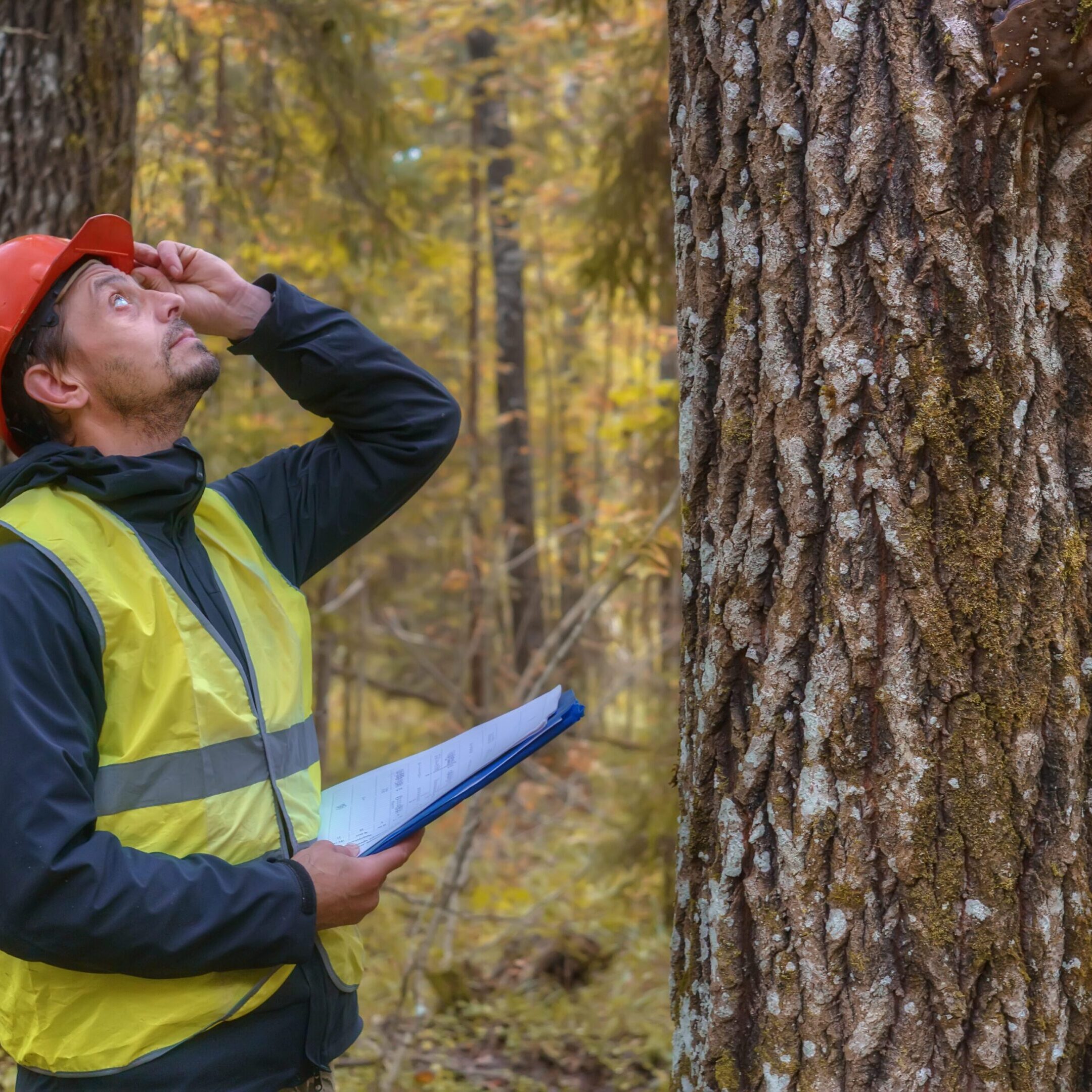
Comprehensive Tree Health and Safety Assessments
Tree health and safety assessments are conducted to evaluate the overall condition and potential risks associated with trees. The purpose is to identify any signs of disease, decay, structural weaknesses, or other factors that may compromise the health and safety of the tree or pose a risk to nearby structures or people.
Based on the assessment findings, we will provide recommendations for appropriate tree care, which may include pruning, tree removal, or other necessary actions to mitigate risks and maintain the health and safety of the tree and its surroundings. Regular tree health and safety assessments are crucial for proactive tree management and ensuring the well-being of both trees and the surrounding environment.
Project Arborist
A project arborist is a specialised role within the field of arboriculture that focuses on managing and overseeing tree-related aspects of construction or development projects. Their primary responsibility is to ensure that trees are properly protected, preserved, and managed throughout the duration of the project.
The project arborist works closely with architects, engineers, landscape architects, contractors, and other stakeholders to develop and implement tree protection plans that comply with local regulations and industry best practices. They assess the impact of construction activities on trees and provide recommendations for minimising potential damage or disturbance.
During the planning phase, the project arborist conducts site assessments to identify significant trees, assess their health and condition, and determine appropriate protection measures. They may also provide input on site layout and design to minimise impacts on trees and optimise their long-term health.
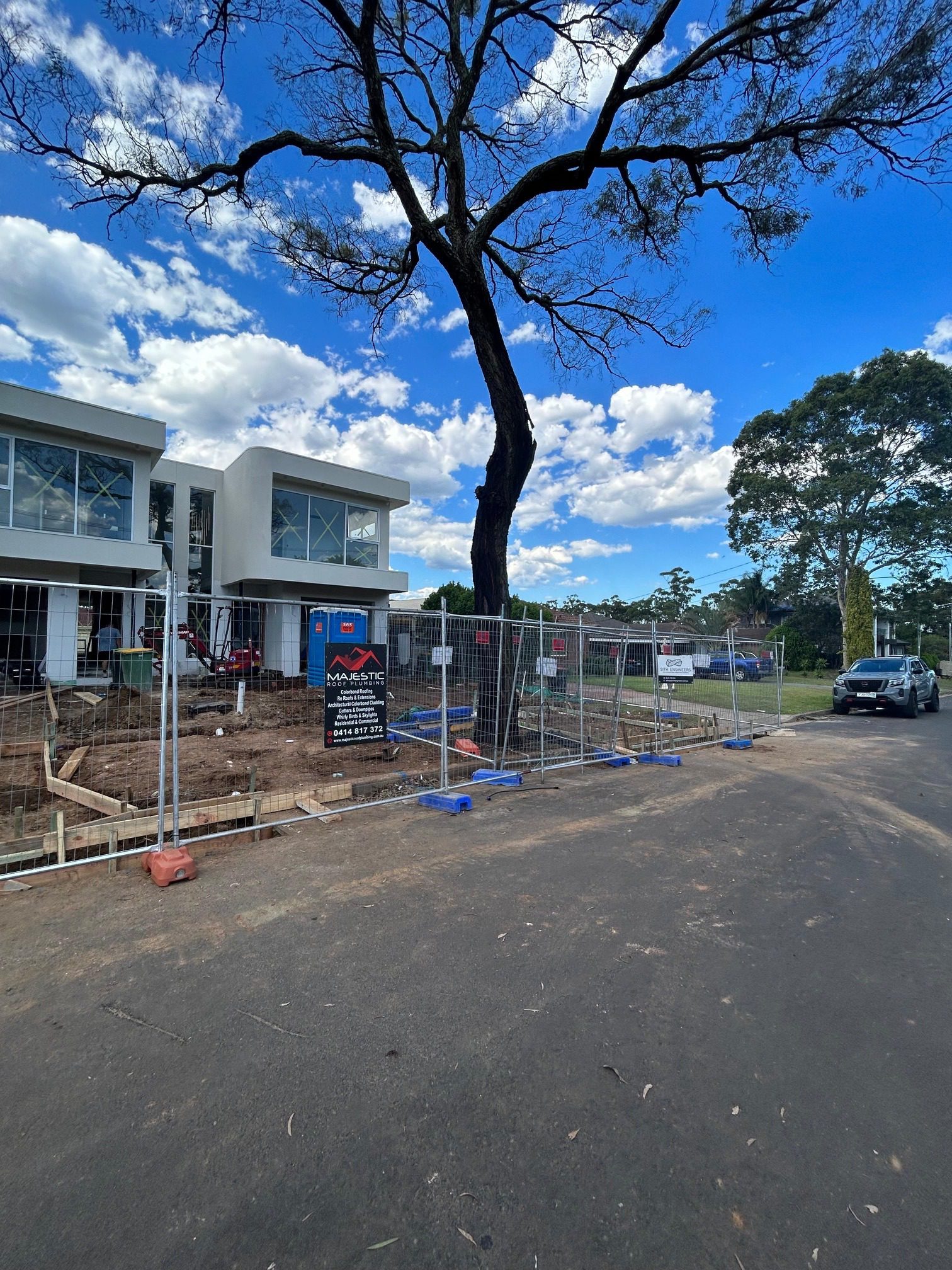
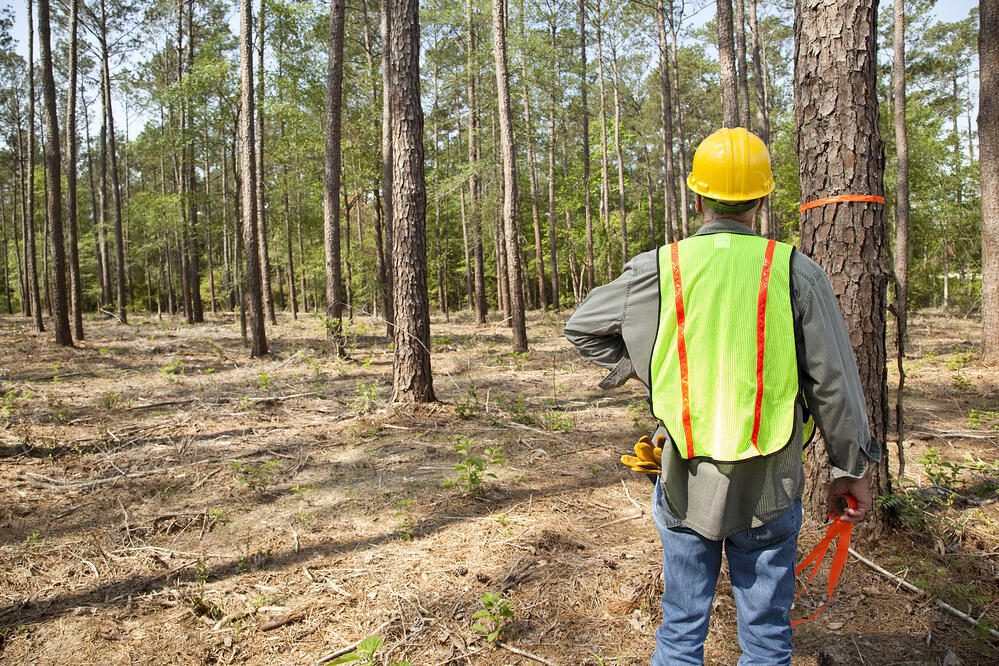
Expert Project Arborist Services
Throughout the project, the project arborist monitors and inspects tree protection measures, ensuring that they are properly implemented and maintained. They may also oversee tree planting, pruning, and other tree care activities, ensuring that they are carried out in accordance with industry standards.
The project arborist serves as a liaison between the construction team and regulatory agencies, providing documentation and reports to demonstrate compliance with tree-related regulations. Their expertise helps mitigate risks to trees and ensures that the project is carried out in an environmentally responsible manner.
Overall, the role of a project arborist is crucial in balancing the needs of construction or development projects with the preservation and protection of trees, promoting sustainable development practices.
Impact Assessment
Arboricultural impact assessment reports are an essential component of development projects that involve trees. These assessments aim to evaluate the potential impacts of proposed developments on trees and provide recommendations for their protection and management.
Arboricultural impact assessments are typically conducted by qualified arborists or tree consultants who have a deep understanding of tree biology, local regulations, and industry best practices. These assessments are often required as part of the development approval process to ensure that the impact on trees is minimised, and appropriate measures are taken to preserve their health and structural integrity.
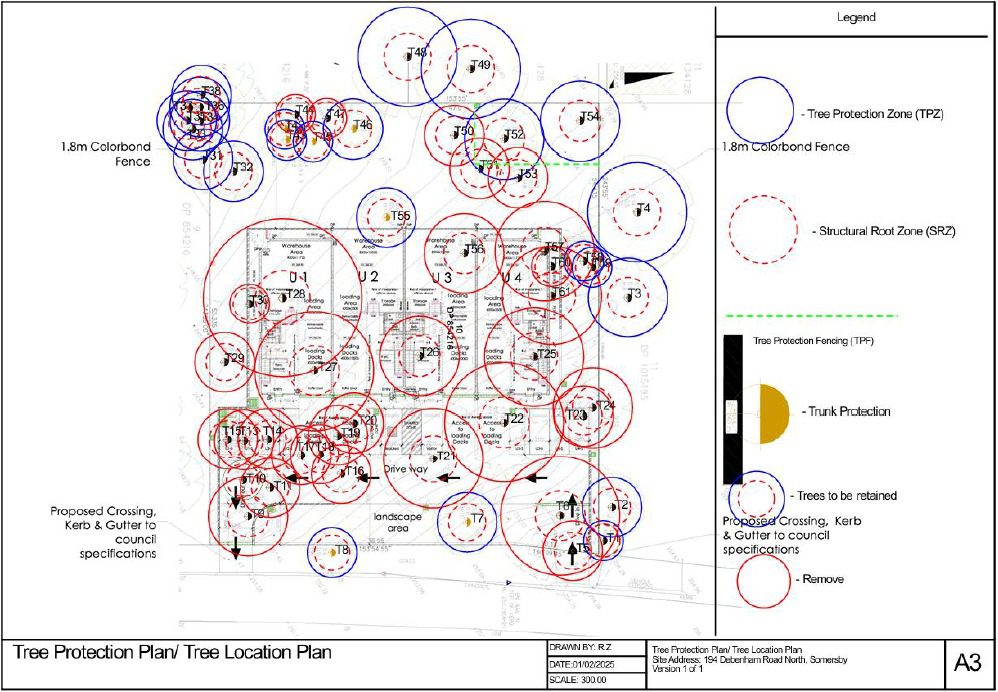

Preliminary Assessment
A preliminary arboricultural assessment is an initial evaluation conducted by an arborist or tree consultant to gather information about trees on a site and identify potential issues or constraints related to their management or preservation. This assessment is typically carried out at the early stages of a project, such as during the planning or feasibility phase, to inform decision-making and guide further arboricultural investigations.
Key Goals of an Initial Tree Assessment
The primary objectives of a preliminary arboricultural assessment include:
-
Tree Identification and Inventory
The arborist identifies and records the trees present on the site, including their species, size, health, and condition. This inventory provides a baseline understanding of the tree population and helps determine their significance, value, and potential impact on the project.
-
Tree Constraints and Opportunities
The assessment identifies any constraints or opportunities presented by the existing trees. This includes evaluating factors such as tree protection zones, root systems, canopy spread, and potential impacts on neighbouring properties or infrastructure. It helps identify any potential conflicts or considerations that need to be addressed during the project planning and design phases.
-
Preliminary Risk Assessment
The arborist conducts a preliminary risk assessment to identify any immediate or potential risks associated with the trees. This includes assessing factors such as tree health, structural stability, proximity to structures or utilities, and potential hazards to people or property. This assessment helps prioritise tree management actions and determine the level of further investigation required.
-
Recommendations and Management Strategies
Based on the findings of the assessment, the arborist provides preliminary recommendations and management strategies. These may include suggestions for tree retention, pruning requirements, tree protection measures during construction, or the need for further detailed assessments or surveys.
-
Compliance With Regulations
The preliminary arboricultural assessment ensures compliance with local, state, and national regulations related to tree management and preservation. It helps identify any specific requirements or permits that may be necessary for the project.
-
Guide the Development Process
Overall, a preliminary arboricultural assessment provides a foundation for informed decision-making and helps guide the development process while considering the trees on the site. It helps identify potential issues, opportunities, and management strategies to ensure the responsible and sustainable integration of trees into the project.
Compliance Certification
Compliance certification reports are documents that provide an assessment of tree-related compliance with regulations and guidelines. These reports are often required by local authorities or organisations involved in construction or development projects.
The purpose of these compliance certification reports is to ensure that tree-related activities, such as tree removal, pruning, or construction near trees, are carried out in accordance with applicable laws, regulations, and industry best practices. These reports may include information on tree preservation plans, tree protection measures, and compliance with local tree ordinances.
The compliance certification report serves as documentation of the arborist's findings and recommendations, providing evidence of compliance with tree-related regulations. It helps ensure that tree-related activities are conducted responsibly, with due consideration for the preservation and protection of trees and their surrounding environment.
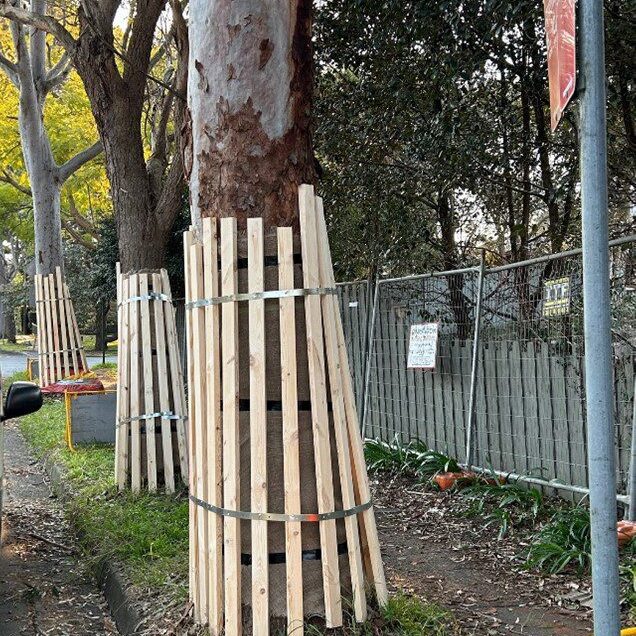
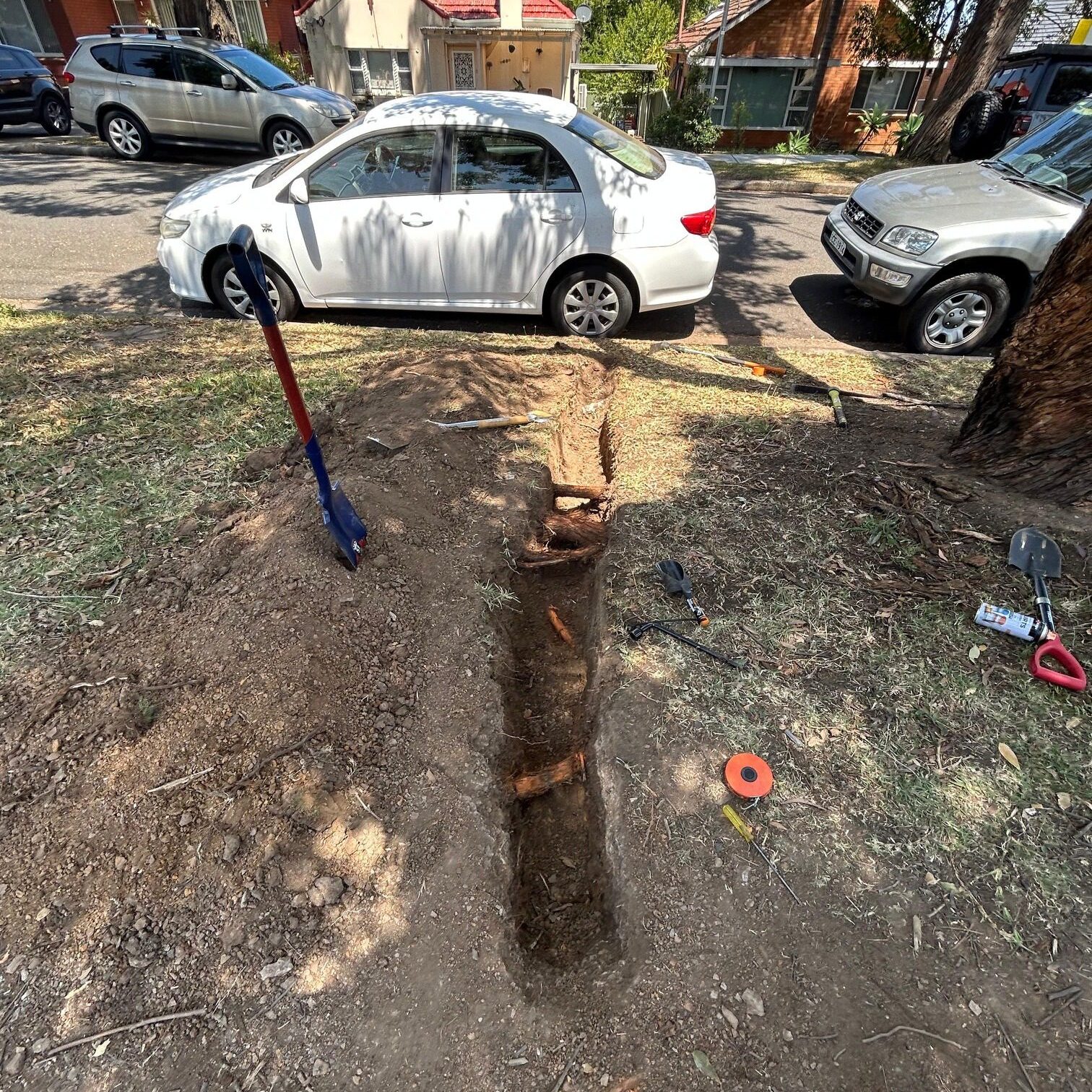
Root Mapping
A root mapping assessment is a process that involves locating and mapping the underground roots of trees. It helps identify the extent and distribution of tree roots, which is crucial for planning construction projects and ensuring the protection of trees during development. Root mapping assessments are typically conducted using specialised equipment and techniques, such as ground-penetrating radar or air excavation. The collected data from the assessment can inform decisions on tree protection zones, root pruning, and other measures to minimise the impact on tree roots.
